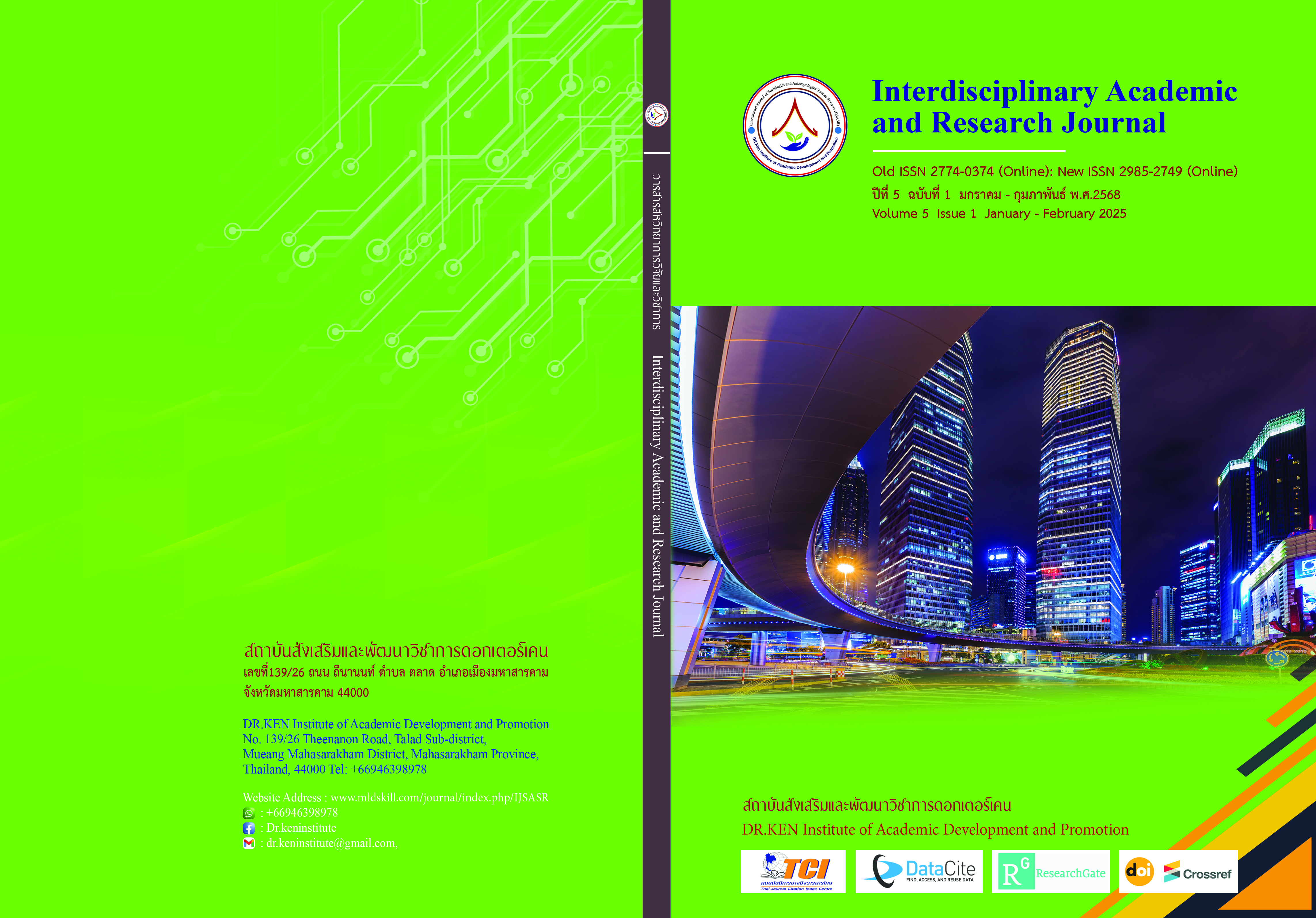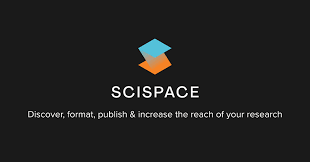The Management of Hong Hiang Inherits Lanna Wisdom in Chiang Mai, Thailand
DOI:
https://doi.org/10.60027/iarj.2025.280247Keywords:
Lanna Wisdom, Hoeng Hian, Management, Curriculum Development, Cultural TransmissionAbstract
Background and Aims: Hong Hiang Inherits Lanna Wisdom in Chiang Mai is a private educational institution established in 1997 to preserve Lanna's wisdom and cultural knowledge. The objective of this study is to investigate the development and management principles of the Lanna Wisdom School in Chiang Mai, Thailand.
Methodology: This qualitative research involved collecting data from documents and conducting interviews with 12 participants, including 1 administrator, 1 teacher, 5 students, and 5 parents. Interviews were used as the primary data collection tool, and data were analyzed using descriptive analysis to provide a clear overview of the school's management and development.
Results: Hong Hiang Inherits Lanna Wisdom is a well-maintained school that offers a diverse curriculum covering various Lanna cultural subjects. Based on the 4P theory, the school's management principles focus on curriculum development, tuition fees, facility management, and promotion, ensuring it meets community needs and attracts students through effective word-of-mouth and social media efforts.
Conclusion: Hong Hiang Inherits Lanna Wisdom's management effectively addresses community needs through curriculum development, tuition fees, facility management, and diverse promotion, utilizing the 4P theory. Recommendations include curriculum development, fee adjustments, facility improvements, and further socio-economic studies.
References
Angkurawacharapan, T., & Saowapawong, K. (2023). Cultural Capital for Community-Based Sustainable Tourism Development of Tai Lue in Ban Luang Nue, Doi Saket, Chiang Mai Province. Kasalongkham Research Journal, 17(1), 23-33.
Banjongsin, O. (2015). Teaching Thai Music at the Primary School Level. Bangkok: Chulalongkorn University.
Bresler, L., & Stake, R. E. (2017). Qualitative research methodology in music education. In book: Critical Essays in Music Education (pp.113-128). Routledge. DOI:10.4324/9781315095257-8 DOI: https://doi.org/10.4324/9781315095257-8
Chinachan, T., Krajangchom, S. & Srichai, P. (2023). An Application of Using Belief in “Phaya Luang” for Creating Value and a New Meaning in the Cultural Products of Tai Lue Community in Ban Luang Nua, Luang Nua Subdistrict, Doi Saket District, Chiang Mai Province. MANGRAI SAAN Journal of Humanities and Social Sciences, 11(1), 19-36.
Danprasertchai, P., Sukyam, N., Chanprasit, W., Somthong, P. & Kodkong, N. (2022). Wisdomandlocaldevelopment. Ramkhamhaeng Journal of Public Administration, 5(1), 48-70.
Kasemsuk, R. (2012). The Development of a Television Tape Lesson for Teaching Music on the Characteristics of Sound and the Combination of Thai Musical Instruments. Master's Thesis, Srinakharinwirot University, Prasarnmit.
Mahaviro, P. (2018). The Development of Community Cultural Network along the Border of Chiang Mai Province. Journal of MCU Social Development, 3(2), 90-104.
Nakwong, T. (2010). Teaching Music for Children. Bangkok: Kasetsart University.
Noramart, K. (2018). Simple Learning Marketing and Sales Systems for Thai People. Journal of Graduate School of Commerce-Burapha Review, 13(2), 110–120.
Post, J. (2013). Ethnomusicology: A Research and Information Guide. Routledge.
Saiphan, P., Chaisingkananont, S. & Mekmok, C. (2022). Cultural and Ethnic Power in Local Knowledge Organization Movement and Inheritance of Wisdom from Local to Region. Journal of Liberal Arts, RMUTT, 3(2), 56-70.
Sutthachit, N. (2012). Music Education, Principles, and Essences. Bangkok: Chulalongkorn University Press.
Wattanaboonya, T. (2019). The Administration and Management of Non-Formal Education Music Schools According to Section 15 (2), National Education Act B.E.2542 (1999): A Case Study of Rayong Music School, Rayong Province. Journal of Humanities and Social Sciences Bansomdejchaopraya Rajabhat University, 13(1), 53-75.
Downloads
Published
How to Cite
Issue
Section
License
Copyright (c) 2025 Interdisciplinary Academic and Research Journal

This work is licensed under a Creative Commons Attribution-NonCommercial-NoDerivatives 4.0 International License.
Copyright on any article in the Interdisciplinary Academic and Research Journal is retained by the author(s) under the under the Creative Commons Attribution-NonCommercial-NoDerivatives 4.0 International License. Permission to use text, content, images, etc. of publication. Any user to read, download, copy, distribute, print, search, or link to the full texts of articles, crawl them for indexing, pass them as data to software, or use them for any other lawful purpose. But do not use it for commercial use or with the intent to benefit any business.
















.png)


